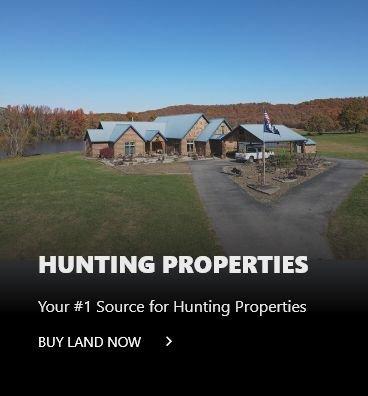125,000
Est. Whitetail Population
50,000
No. Licenses Sold Annually
$19 to $95 (plus $19 state land lottery permit)
A resident firearms deer license is $19. A resident archery license is $41. State land lottery permits are an additional $19.
Resident hunting license and deer permit
$159 to $363 (plus $68 state land lottery permit)
A non-resident firearms deer license is $91. A non-resident archery license is $135. Deer permit an additional $68.
Non-resident hunting license and deer permit
179 4/8"
Taken by Gary Lovrin in Litchfield County in 1993.
Record B&C Typical Stat
17
Total B&C Typical Entries
201 7/8"
Taken by Henry Konow Jr. in New London County in 2000.
Record B&C Non-Typical Stat
4
Record B&C Non-Typical Entries
Season Dates (2022):
Hunting season dates vary greatly by location. But for most hunters, archery season opens Sept. 15, private-land gun opens Nov. 16, and muzzleloader opens Dec. 7. Other seasons apply based on location. Please check the Connecticut DNR website to confirm deer season dates.
The Grade: C
Harvests haven’t been great the past few years, but biologists attribute most of that to warm weather and heavy mast crops that have kept deer from moving much while hunters were in the woods.
“Overall, [it’s] relatively stable across the state, with some zones decreasing due to our efforts to reduce the population and increasing in others due to restrictions on tag issuance,” said Andrew LaBonte, wildlife biologist for the Connecticut Department of Energy and Environmental Protection. “We expect a similar harvest as we have had over the past 10 years. Nothing would indicate otherwise. Typical fluctuations occur based on acorns available and weather/snow conditions.”
Although Connecticut’s deer population had been on the upswing in recent years, there was a drop of about 20,000 several years ago. Hopefully, several mild winters have helped bump that number back up. In an effort to increase deer numbers, a large portion of Connecticut was designated as buck-only a few years ago, so check your guide to make sure antlerless deer are allowed in your area this season.
But though winters have been mild, the state has dealt with disease in recent years.
“We had our second documented outbreak of hemorrhagic disease during the summer of 2020,” LaBonte said. “That may have had a slight localized impact on the deer population in Deer Management Zone 11, but no reports were received elsewhere in the state indicating any concerns. In the northwestern portion of the state (zones 1 and 2), an increasing population of black bears and bobcats has been having an impact on fawn survival — and with no seasons established for either predator, their impacts could continue to expand to other areas of the state as those populations continue to grow.”
All said, Connecticut maintains a C grade again this season.
Antler Nation Knowledge:
The state has only eight counties, but there are clear winners. For top-end bucks, the best deer hunting is in the westernmost part of the state. Fairfield, Hartford, Litchfield, Middlesex and New Haven are the dominant areas. Middlesex County (in the center of the state) turned out back-to-back Booners in 2010 and 2011.
And did you know how many deer you can kill here?
“Hunters may legally take up to 14 deer — including the January archery season on private land in DMZs 11 and 12 — per year if they participate in all hunting seasons,” LaBonte said. “Connecticut continues to provide great hunting opportunities at a reasonably low cost, with a recent change occurring on many state lands that expanded the deer hunting season from nine days to 18 days.”
It isn’t a big state, but there are plenty of areas to chase public-land whitetails. Use the Connecticut Hunting Areas map to find likely hotspots. Archery deer hunters are allowed to hunt in Connecticut on Sundays, as long as they are at least 40 yards away from any blazed public hiking trails.
“The agency continues to try and open up more state land areas to hunting which are always very popular,” LaBonte said. “However, urban bowhunters in deer management zones 11 and 12 continue to capitalize on liberal seasons with replacement antlerless and earn-a-buck tags available, and the use of bait. These same urban areas can also harbor some trophy bucks since many of these areas provide refuge from hunters who may not feel comfortable hunting in close proximity to residential areas and the limited hunting access.”










